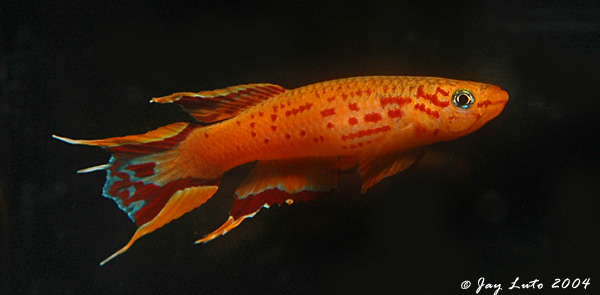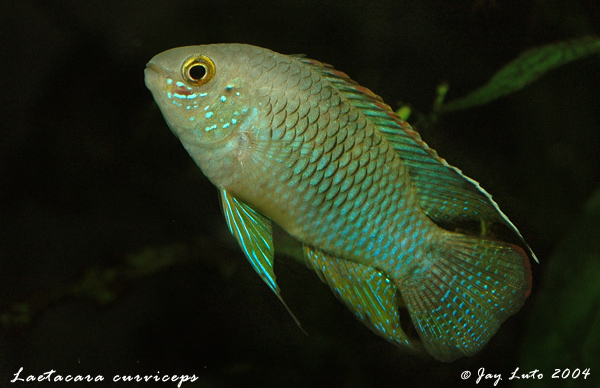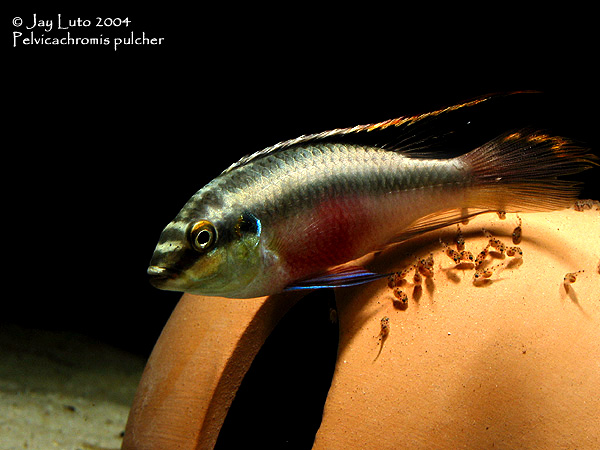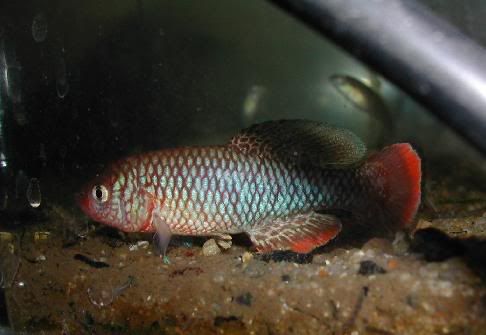Re: How to take pictures of killies/other irridescent fish

Originally Posted by
nonamethefish
Not to sure this is the right place for this...
Dear 'no name',
Don't worry about it. If it's images of killies, you're at the right place.
I'll wager a guess on your pics... [tell me how far off I am]

Your camera setting is probably set to 'Auto' with macro (that 'Flower' mode), using a faster speed and reduced flash output. That explains 'colder' colors and a better depth-of-field, where I can clearly see the female in the background.

I suspect your tank's lighting is pretty adequate. Again, 'Auto' setting and the camera selected reduced flash (or no flash, high ASA) with ambient lighting (tank's source). 'Mountain' mode is for faraway objects, not near field ones, which explain the blurry, out-of-focus snap shot.
All recent digicams are capable of decent images, it is how familiar one is with areas that it excels in or the limitations. A large dose of patience and a small tank helps alot!!
Since most of my killies scoot for cover when the camera gets near, I use the largest or highest possible resolution in case I have to 'crop' the image (and still retain decent details).
I'm back & keeping 'em fingers wet,
Ronnie Lee











 Reply With Quote
Reply With Quote




-M.jpg)

.jpg)



 Internal Flash as Reflector (pictures taken by friend of mine James aka. Finz)
Internal Flash as Reflector (pictures taken by friend of mine James aka. Finz)










Bookmarks